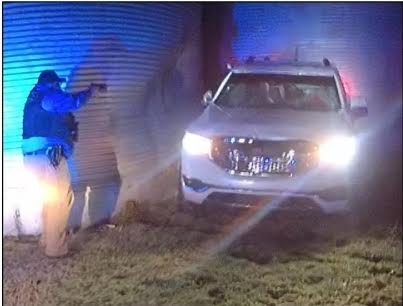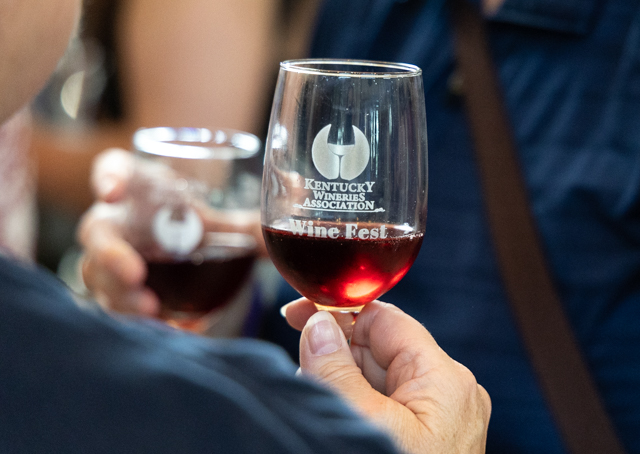Project eyes erosion, fish habitat loss at Nolin River Lake
Published 8:00 am Tuesday, April 9, 2019
The Kentucky Department of Fish and Wildlife Resources and the Army Corps of Engineers are working together to address shore erosion and fish habitat loss at Nolin River Lake.
According to Jeremy Shiflet, Northwestern Fisheries District biologist for KDFW, Nolin River Lake’s seasonal water level fluctuations result in a great deal of soil erosion on the shore.
Trending
“At these water control reservoirs … they have a pretty decent level of water-level fluctuation,” he said.
Nolin River Lake, a manmade lake installed in the 1960s for flood control, is about 23 feet higher in the summer than in the winter, Shiflet said. That rise and fall of the water level knocks soil and sediment loose from the shore, he said.
That erosion, in turn, has a big impact on fish habitats in the lake, Shiflet said.
“As we’re seeing the shoreline eroding, we’re left with these muddy sandbars that are not really conducive to fish habitats,” he said, adding that they lack standing timber and fallen trees fish can use as shelter.
Additionally, the presence of loose sediment in the water can disrupt the lives of local fish populations, Shiflet said.
“That erosion keeps the water more turbid,” he said. “It makes it difficult for fish to see enough to eat.”
Trending
To address the combined problem of shore erosion and habitat deterioration, KDFW is collaborating with the Corps on the Shoreline Restoration & Fish Habitat Improvement Project, which will be funded with a $30,000 grant from the Reservoir Fish Habitat Partnership, Shiflet said.
Because Fish & Wildlife and the Corps are both invested in the well-being of local waterways, both have wanted to get this project going for some time, he said.
“We’re just finally to the point where money and knowledge where we can try to get a project going,” he said.
The project is expected to run from January to March and then from December to March 2021, when the water level is low enough for KDFW and the Corps to strengthen parts of the shore that are typically underwater in the warmer months.
The portion of the project that focuses on strengthening fish habitats in the lake will emphasize manmade structures that fish can use as shelter, according to Deryck Rodgers, natural resources project manager at the Corps.
The Corps is involved every year with placing Christmas trees in the lake that provide ideal habitats for fish but must be replaced periodically, Rodgers said.
“Those old Christmas trees, that’s the gold standard in the fisheries world,” he said.
Rodgers said the Corps is working with Reef Innovations Inc. to procure reef balls, which he described as hollow concrete balls with holes that fish can swim in and out of once they’re installed on the lake bed.
The Corps will also be working with Atmos Energy, which will be donating a weighted polyethylene pipe that will also serve as a fish habitat, Rodgers said.
“It’s kind of like a plastic Christmas tree,” he said. “It serves the same purpose but it’s made of black plastic.”
By installing more durable habitats, the project should reduce the need for the Corps to replace decomposing wooden habitats, Rodgers said.
“This is going to provide sustainable structure that’s going to provide years of habitat,” he said.
The project also involves planting flood-tolerant native plants that will strengthen the soil with their root systems and prevent erosion, Rodgers said.
The resloping process will also involve adding rocks that will further strengthen the shoreline, he said.
“Through this grant project, we’re going to be looking for volunteers to help us out,” he said, adding that volunteers will be needed to help with reseeding the shores, planting trees, pouring the concrete for reef balls and laying down the polyethylene pipe.






